In an increasingly competitive marketplace, small businesses are constantly looking for ways to stand out. While product quality, customer service, and pricing play vital roles, there’s one element that can make or break a business: branding. A strong brand is more than just a logo or tagline — it’s the soul of your business. It communicates who you are, what you stand for, and why customers should choose you over the competition.
Why Brand Development Matters for Small Businesses
Small businesses often operate under the assumption that branding is a luxury only large corporations can afford. This misconception can cost them dearly. Brand development is foundational to long-term success, and here’s why:
1. Creates Recognition and Trust
Consistency in your visual identity, messaging, and customer experience builds recognition. When consumers repeatedly see a professional, cohesive brand, it fosters trust. According to Lucidpress, consistent branding across all platforms can increase revenue by up to 23%.
2. Differentiates You from Competitors
In a saturated market, your brand is what sets you apart. It’s your unique voice, story, and promise to your customers. A well-defined brand helps potential clients understand what makes you special.
3. Drives Emotional Connection
People don’t buy products — they buy stories and emotions. A compelling brand taps into customer values, desires, and identity. It builds loyalty by aligning with the customer’s worldview.
4. Supports Marketing and Advertising
A strong brand gives your marketing efforts clarity and focus. Whether it’s a social media campaign or an email newsletter, having an established tone and style ensures your messaging is always on point.
5. Attracts Talent and Partnerships
People want to work with and for brands they admire. A well-crafted brand attracts not only customers but also potential employees, investors, and collaborators who align with your vision.

Key Elements of Brand Development
Brand development is a process — not a one-time activity. Here are the essential components:
1. Brand Purpose and Vision
Start by answering: Why does your business exist? What change do you want to make in the world? This forms the foundation of your brand and informs everything else.
2. Target Audience
Understanding your audience is key. Create detailed personas based on demographics, psychographics, needs, and pain points. Your brand should speak directly to them.
3. Brand Personality and Voice
Is your brand professional, quirky, compassionate, or bold? Define a consistent tone of voice that aligns with your business values and resonates with your audience.
4. Visual Identity
This includes your logo, color palette, typography, and design elements. Visual consistency reinforces brand recognition across all platforms.
5. Brand Messaging
Develop a compelling brand story, tagline, and key messages that articulate your value proposition clearly and consistently.
6. Customer Experience
Every interaction a customer has with your business — online and offline — should reinforce your brand. From website design to packaging and customer support, consistency is critical.

Case Study: The Rise of “Brew & Bloom”
Background: “Brew & Bloom” is a small, woman-owned café and floral boutique in a mid-sized city. When it first opened, it struggled to differentiate itself from the multitude of coffee shops in the area. While the drinks and flowers were excellent, customer foot traffic was inconsistent.
Challenge: Customers were confused about what Brew & Bloom offered. Was it a café? A florist? A gift shop? The branding was unclear, the visual identity was inconsistent, and the marketing was sporadic.
Solution: The owner invested in a brand development process with the help of a local branding consultant. Here’s how they turned things around:
- Brand Purpose & Story: Brew & Bloom redefined itself as a sanctuary where people could enjoy artisanal coffee and curated florals in a calming environment. Their purpose became “bringing beauty and comfort into everyday life.”
- Target Audience: They identified their core customers as young professionals, creatives, and weekend wanderers looking for inspiration and self-care.
- Visual Identity: A new logo featuring floral motifs, a pastel color palette, and elegant typography was developed. The interior was redesigned to match.
- Brand Voice: Their social media voice became warm, poetic, and uplifting. Every caption told a mini story, reflecting their brand ethos.
- Customer Experience: Baristas were trained to offer personalized recommendations and floral tips. Packaging was redesigned to be Instagram-worthy.
Results:
- Instagram followers increased by 300% in six months.
- Foot traffic grew by 45%, largely driven by word-of-mouth and social media.
- Customers began booking the venue for small events, creating an additional revenue stream.
Today, Brew & Bloom is not just a café — it’s a brand experience. Their transformation illustrates the tangible impact that strategic brand development can have, even for a small business.

Tips for Small Businesses Starting Their Brand Journey
- Start with Strategy: Don’t jump straight into designing a logo. First, clarify your mission, vision, and values.
- Invest in Design: Your logo, website, and visuals are often the first impression. Make it count.
- Be Consistent: Use brand guidelines to maintain consistency across all platforms.
- Tell Your Story: Share why you started, what you believe in, and how you make a difference.
- Listen and Adapt: Gather feedback from customers and evolve your brand as needed.
Final Thoughts
Brand development isn’t just for big corporations. For small businesses, it’s an opportunity to stand out, connect emotionally with customers, and build lasting loyalty. In a crowded market, your brand is your voice, your promise, and your most powerful tool for growth.
Whether you’re just starting out or looking to revamp your image, investing in your brand is one of the smartest decisions you can make. It’s not just about looking good — it’s about being understood, remembered, and trusted.
Want to know how your brand is performing? Sign up for our Free Brand & Communications Assessment and receive a customized report on your current strengths and areas for growth. Your brand journey starts here.



No responses yet